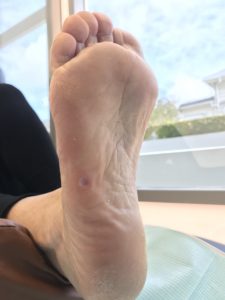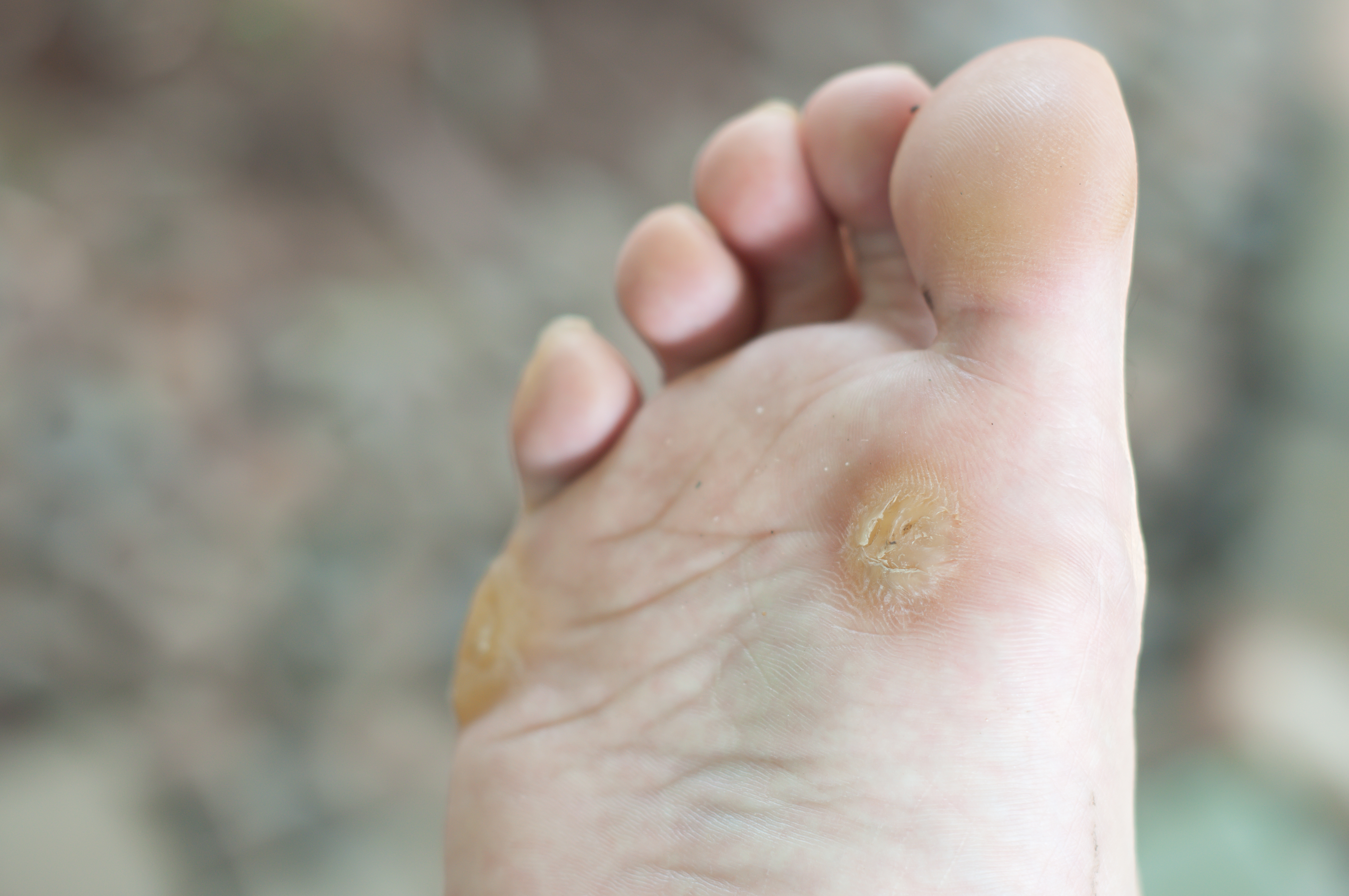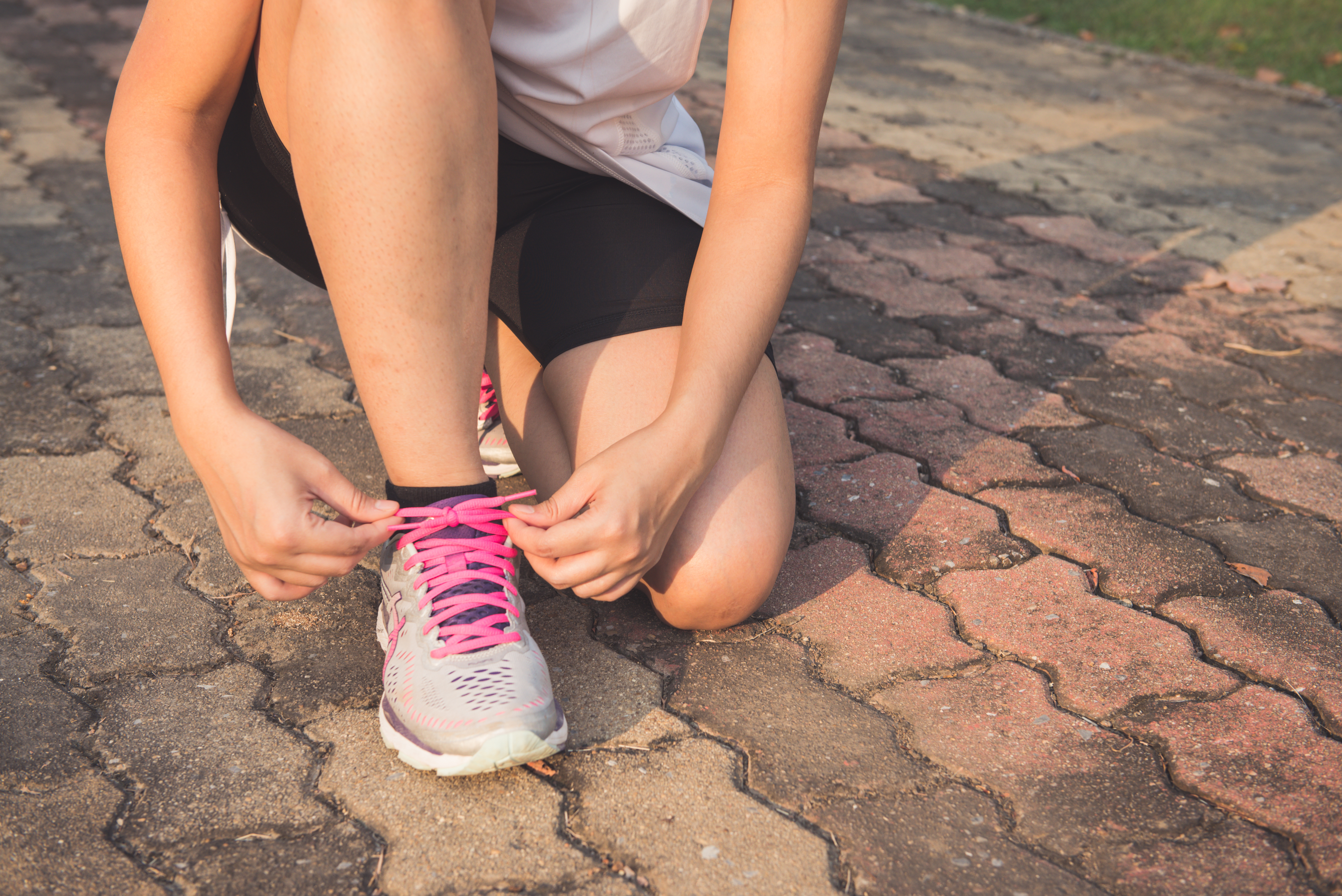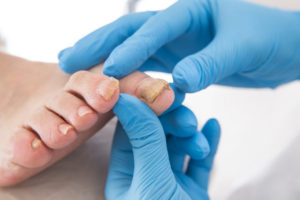As we approach the colder winter climate here in New Zealand, some us will start to struggle when it comes to staying active and continuing, or beginning, our exercise regimes. We don’t blame you – the temperatures are dropping, the rain is starting to set in and the mornings are getting dark. But when you DO find that motivation to go for a run, hit the gym, or engage in your favourite sport, the LAST thing you need is shin and leg pain stopping you in your tracks. Because shin pain affects many of us each year, we thought we’d tell you a little about it and what you can do to treat it and reduce the risk of it coming back or even starting!
Let’s start with the basics:
It’s called shin splints
Well actually, it’s called
medial tibial stress syndrome if we’re going to get technical. It’s often coined as “too much, too soon” because of the tendency of it develop when people suddenly increase their exercises intensity or duration without working up to it over time.
There’s a reason your symptoms have started
Shin splints would never occur without a cause, which is usually relatively simple to identify when we complete a biomechanical assessment and have a chat through your medical and exercise history. This is especially true if you’re a
runner (or are attempting to be one!). Associated causes can include:
- Lots of physical activity
- Flat feet and pronation
- Unsupportive or worn-out footwear
- Issues with your foot biomechanics (mechanical functioning of the feet and legs as you move)
- Tight or weak muscles
The pain can come and go
For some, the pain, tenderness and swelling around your shins can come and go with activity, as well as being worse in the mornings. Others may instead feel a persisting tenderness and discomfort. The pain tends to affect one leg, but can affect both. Regardless of what you are and aren’t experiencing, if you think you have shin splints or have developed shin pain, come and get it checked.
When it’s not shin splints…
Both
stress fractures and
compartment syndrome have similar symptoms with pain around the front of the lower leg. That makes it important to get the right diagnosis and treatment from an experienced podiatrist.
It’s about treating your symptoms and your cause
I feel we need to highlight the word ‘
your’ because the experience of shin splints can be very different. Some will find it a temporary discomfort, while others may struggle to run and do the things they enjoy because of a crippling pain.
That’s why treatment needs to be specific to your clinical assessment, goals, symptoms and circumstances. It also needs to address the initial
cause of your shin splints to reduce the likelihood of it happening again in the future.
Our podiatrists have years of experience in sports medicine and the biomechanics of the feet and legs, so will give you the best care to optimise your outcomes. Our goal is to help you exceed your goals and get you back to feeling your best!
For more information or to book an appointment, you can give us a call on
09 523 2333 or
book online  Corns (and callus) is really just a build-up of hard, dead skin. It’s actually a protective mechanism from your body – think about it like this: There’s an area of your foot that is constantly undergoing a lot of pressure. Your body thinks ‘If I don’t do anything to protect this normal skin, it might tear/break/wear down and I’ll be susceptible to infection’. So the skin hardens. You develop protection from the regular pressure.
But then…
It keeps building to the point that it feels like you’re walking on a pebble with every step. The thick mass irritates the regular skin around it. It becomes tender and may redden. It becomes too big, and now uncomfortable and painful.
Here we have identified the sweet spot… You’ve got to manage your corns and callus before they get to that painful point. And as podiatrists, that’s something we can do very easily for you. Just like this corn below – just one appointment and boom, the pain is gone. It really is that simple!
To get rid of the corns, we use a scalpel very skillfully to debride the thickened skin. Because it’s just hard, dead skin, you don’t feel a thing. What you do feel is a feeling of relief as you place your feet back on the ground and no longer feel that painful lump. Success!
If you or any of your family is suffering from painful or uncomfortable corns and callus, don’t hesitate to get in touch with us here at Perform Podiatry. There’s nothing better for us as practitioners than to see patients who initially came in with painful feet walk out feeling great and pain-free. It’s why we love what we do!
To book in with our fantastic practitioners, you can give us a call on 09 523 2333 or book online here.
Corns (and callus) is really just a build-up of hard, dead skin. It’s actually a protective mechanism from your body – think about it like this: There’s an area of your foot that is constantly undergoing a lot of pressure. Your body thinks ‘If I don’t do anything to protect this normal skin, it might tear/break/wear down and I’ll be susceptible to infection’. So the skin hardens. You develop protection from the regular pressure.
But then…
It keeps building to the point that it feels like you’re walking on a pebble with every step. The thick mass irritates the regular skin around it. It becomes tender and may redden. It becomes too big, and now uncomfortable and painful.
Here we have identified the sweet spot… You’ve got to manage your corns and callus before they get to that painful point. And as podiatrists, that’s something we can do very easily for you. Just like this corn below – just one appointment and boom, the pain is gone. It really is that simple!
To get rid of the corns, we use a scalpel very skillfully to debride the thickened skin. Because it’s just hard, dead skin, you don’t feel a thing. What you do feel is a feeling of relief as you place your feet back on the ground and no longer feel that painful lump. Success!
If you or any of your family is suffering from painful or uncomfortable corns and callus, don’t hesitate to get in touch with us here at Perform Podiatry. There’s nothing better for us as practitioners than to see patients who initially came in with painful feet walk out feeling great and pain-free. It’s why we love what we do!
To book in with our fantastic practitioners, you can give us a call on 09 523 2333 or book online here. 

 It’s done simply and effectively in-clinic
It’s done simply and effectively in-clinic